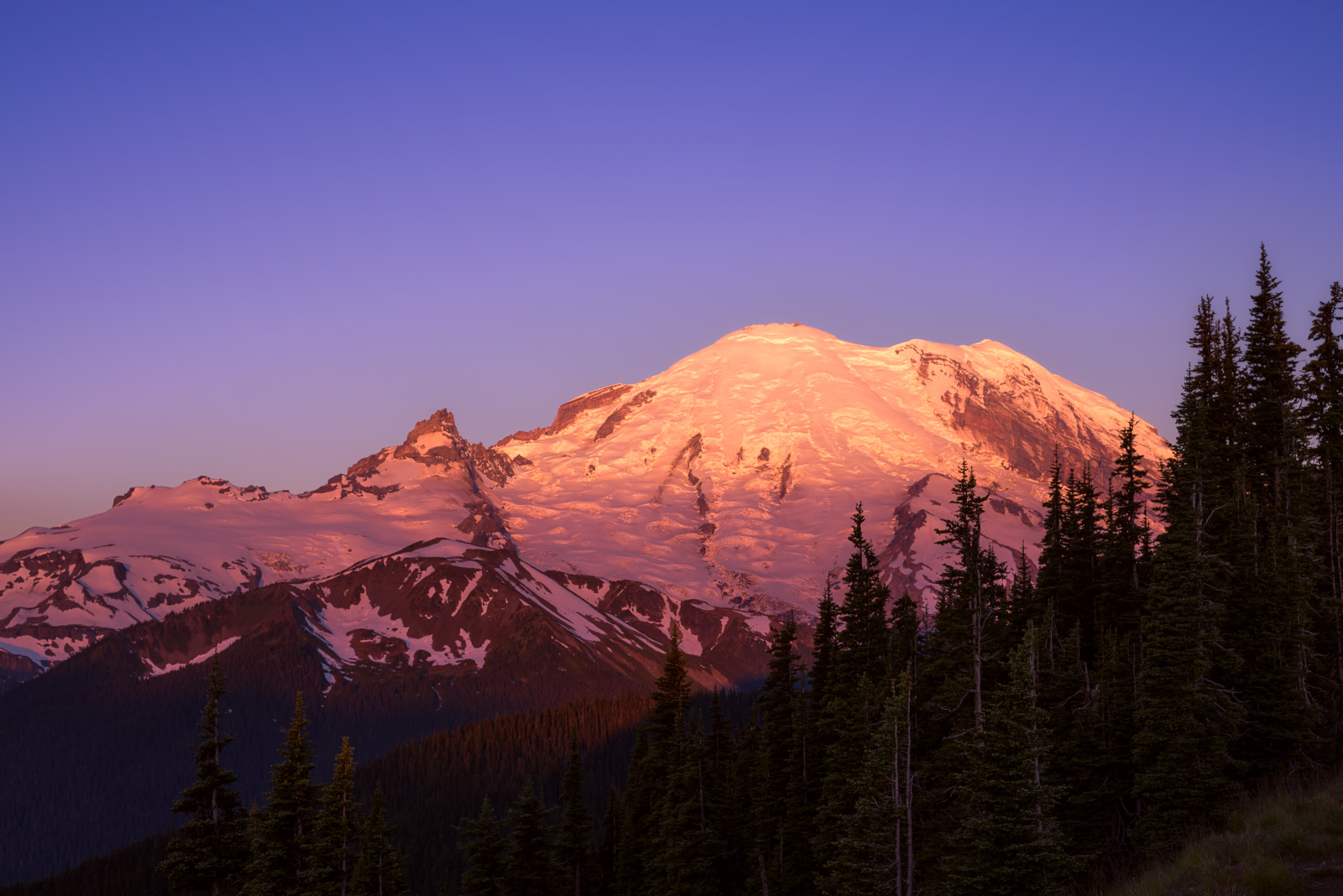Once you’ve seen one sunset, you’ve seen them all. While I don’t really believe that, it does have some truth to it. Sunsets grow on trees; they’re everywhere and while a really good one will elicit a wow, most of the time it just seems like standard fare.
What elicits that wow on a regular basis then? For me, it’s staring up at a dark sky, seeing the billions of stars, seemingly lighting up the pitch black dead of space. The best way for me to describe it is like a dark cold room; frightening and alone. Turn on a warm lamp though and have that room suddenly transform into a cozy, intimate corner for you to relax in. Being alone in a remote area with a dark sky is kind of like being in that dark room but as soon as you point your head up at all those small bright lights in the sky, you really just calm down and think that little corner of the earth is your own little living room.
Don’t take my word, go somewhere away from all the light pollution and be dazzled by all the stars in person.
Monument Valley in winter, pointed North.









